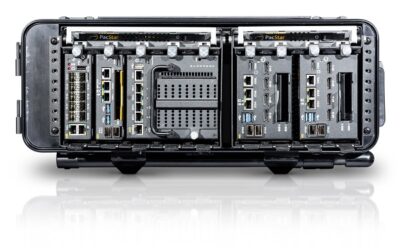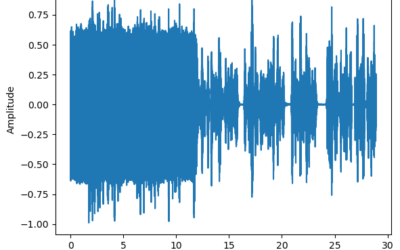Second Automatic Direction-Finding Antenna Expands Bandwidth
Narda Safety Test Solutions’ second automatic direction-finding antenna, the ADFA 2, features a more than three-fold increase in the frequency range covered, the Pfullingen-based German company announced on 14 January.
When connected to Narda’s powerful real-time receiver, the SignalShark, this now means that it can precisely and reliably localize signals between 10MHz-8GHz (ADFA 1 offers 200MHz-2.7GHz). Just like its smaller brother, the ADFA 2 delivers extraordinarily stable measurement results in seconds – it is insensitive to reflections. Its wide frequency range means that direction finding is covered at both low and high frequencies. Compact and universal, it is unique in the market in combining an extremely broad spectrum with the minimum outlay of equipment. This makes the ADFA 2 particularly interesting for use by mobile network providers and regulatory authorities, as well as for military applications.
For applications on the move, the ADFA 2 is easily attached and detached from a car roof with the aid of its magnetic base. A single cable links it to the SignalShark. It delivers precise results with the highest accuracy, even without the vehicle correction tables that are usually required. Whilst still on the move, the measurement technician can superimpose thermal images on a stored map on the SignalShark display, as well as view the derived direction. The powerful localization software automatically indicates where the interference source is most likely to be located. No additional PC or assistance is required for this.
The heart of the ADFA 2 is an array of nine antenna elements (dipoles) arranged on a flat plane with a central omnidirectional reference antenna, which allows the measurement technician to observe the signal spectrum during direction finding. The principle of automatic direction finding using single channel receivers is based on the phase difference between the antenna elements. The nine dipoles are measured against the central reference antenna: the greater the distances between them – and thus the detected phase difference – the more reliable the bearings. As a result of the extended frequency range at both ends of the scale, there is a new lower plane for the range from 10-200MHz and an upper one for the range from 2.7-8GHz. While the external diameter of only 480mm is unchanged, these additional planes mean that the ADFA 2 weighs 6.5kg, just 1 kg more than the ADFA 1.

























